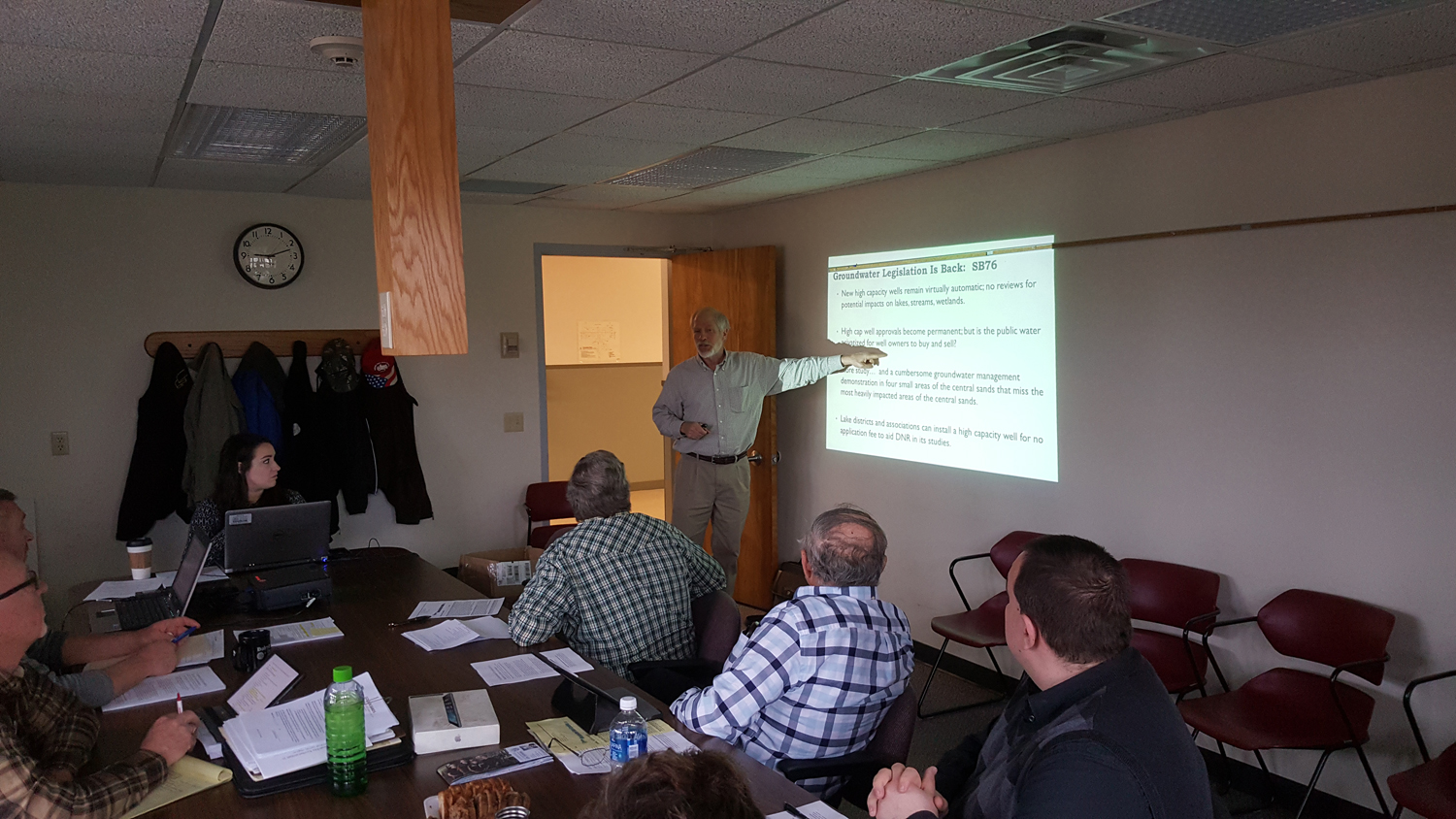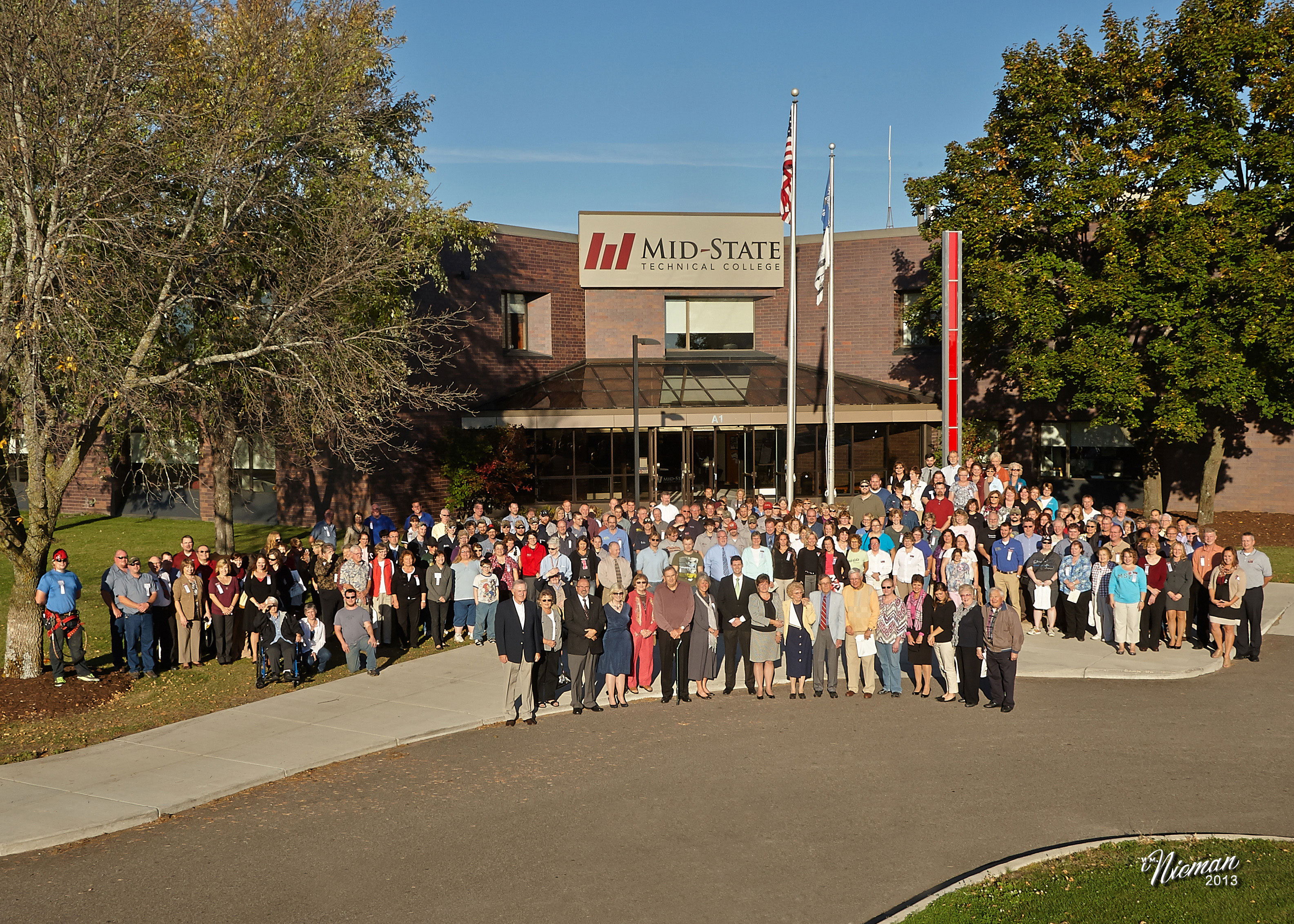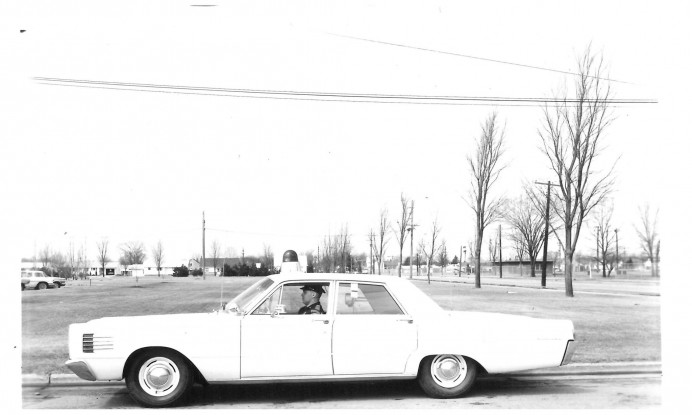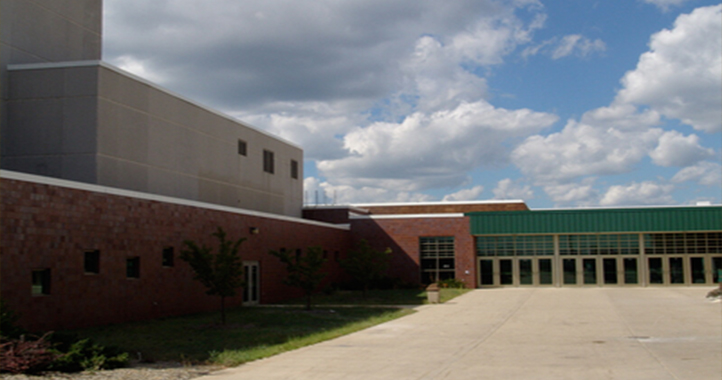UWSP Professor Gives Presentation on Groundwater Issues to Wood County Committee

By Joe Bachman
WISCONSIN RAPIDS — A special presentation on high capacity wells was given to members of the Wood County Conservation Education and Economic Development Committee on Wednesday morning.
With groundwater continuing to be a hot-button issue in Wisconsin, members of the committee were educated on the science of the matter by University of Wisconsin Stevens Point Water Resources Professor George Kraft. Members of the committee learned exactly how high capacity wells are affecting groundwater levels in Wisconsin.
“We’re lowering water levels, because we’re taking water out of storage in the aquifer,” said Kraft. “We’re lowering the levels in the lake, and intercepting water that wants to go to other streams.”
Groundwater discussion has heightened in recent days due to the likely passing of S.B. 76, which would remove oversight of groundwater authority by the State Department of Natural Resources. Changes to current high capacity wells in regards to issuing permits can be made without approval from the DNR through the bill.
“I don’t want to say that we shouldn’t be pumping groundwater, because it will always happen — we’ll always lower water levels, well always have reduced stream flows, but if we lower a lake level two to four inches most people aren’t going to care too much,” said Kraft. “But when we start talking two to four feet, now we got a problem.”
Before 1950, Wisconsin had around 24 high capacity wells in the Central Sands area — as of 2013, that number has reached over 3,000.
The bill also calls for more study of groundwater by the DNR in affected areas most heavily impacted. While debate over groundwater in Wisconsin is sure to rage in the certain future, according to Kraft, the evidence is solid that water levels are depleting.
“We have a lot of evidence that we have stressed water conditions in the pumped areas,” said Kraft. “Things are pretty good in areas where we don’t have pumping. The real question, not just for the present day, but for the future is how is Wisconsin going to manage its groundwater resources?”






